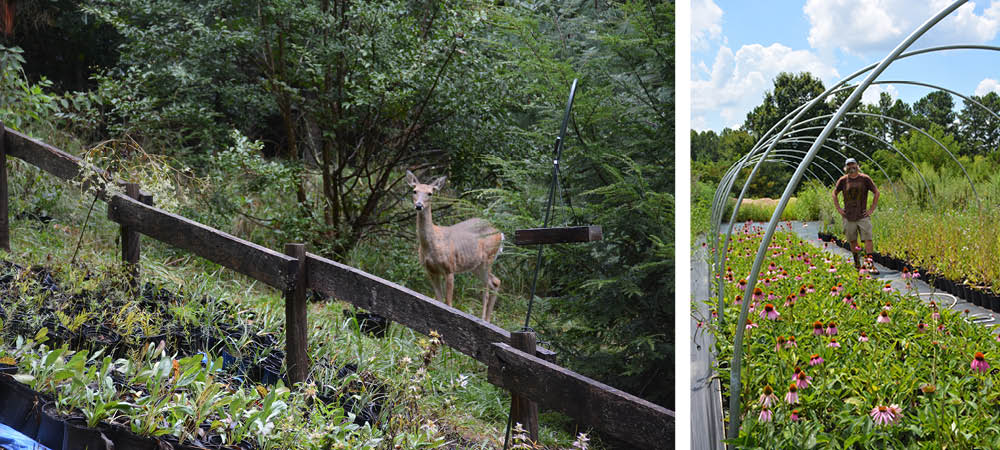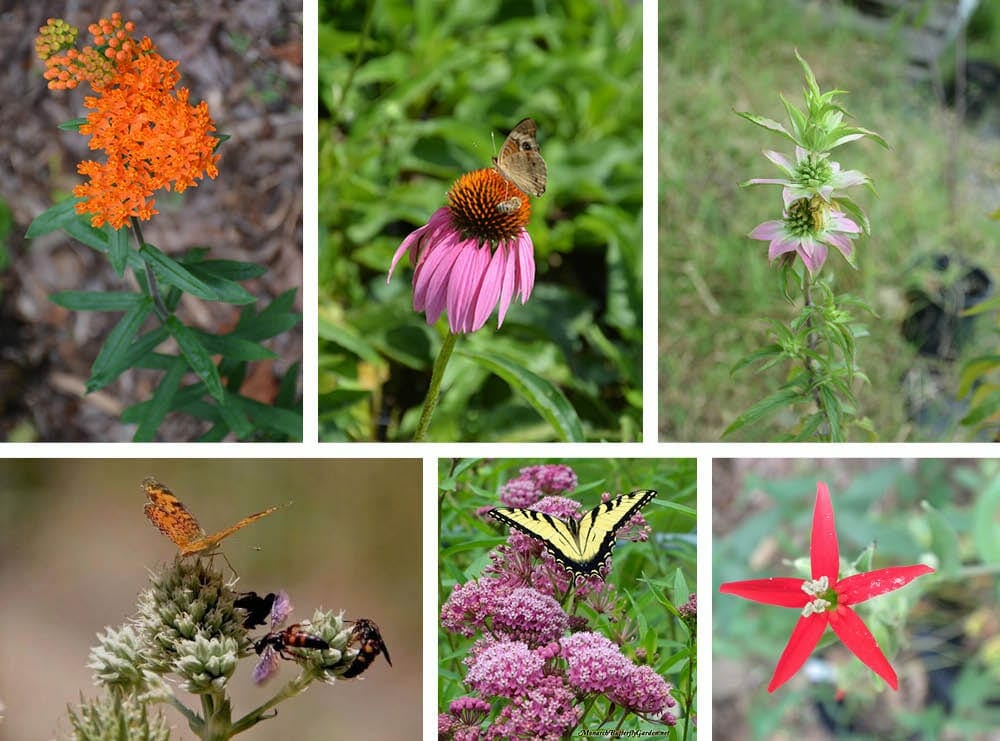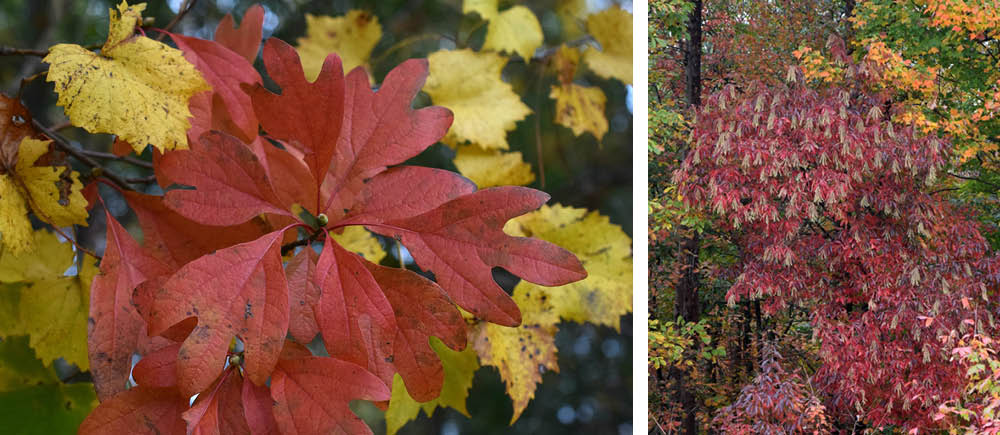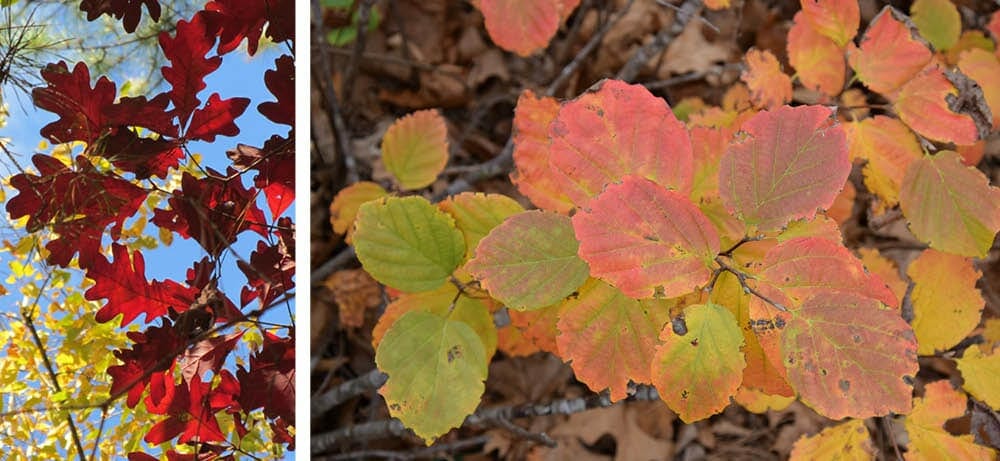State Board Openings
As we wrap up our first year with a governing State Board in place, we’d like to make an appeal for more members to volunteer to serve on that Board. Like most organizations, Board members roll off in a staggered fashion so that we don’t have to replace the Board all at once. For 2021, we need 3 new directors to replace those leaving, and we are particularly in need of someone who is strongly interested in leading Education resources and initiatives.
Since this is a State Board, work and meetings are largely handled remotely, via email and teleconferencing. We hope to meet in person once during the year, but we were not able to accomplish that this year due to the coronavirus. No matter where you live in Georgia, your participation on the State Board will be on par with any other board member, so we encourage members who might have held back due to location to consider serving on the board.
Nominate yourself or another member — please ask them first — by emailing us at board@gnps.org.
Top photo: Our signature plant, oakleaf hydrangea (Hydrangea quercifolia), in its autumn splendor. Photo by Ellen Honeycutt.
Chapter News: Redbud
Margaret Rasmussen

Left: Resident deer study the native plants waiting to be distributed at Linwood Nature Preserve. Right: Biologist Eric Duncan donated perennial native plant stock he grew from seed of rescued plants in Georgia.
Redbud Chapter Pioneers Homegrown National Park
Redbud Project Chapter in north Georgia has launched the grassroots movement of the Homegrown National Park™ – the new approach to conservation that proposes to connect our home landscapes with existing natural habitats over 20 million acres of the United States. With “wagons” full of native plants and dedication to conservation, Redbud volunteers are pioneering this national movement in Hall County and beyond to protect local ecosystems that produce the oxygen, clean water, flood control, pollination, pest control and carbon storage that sustain our quality of life.
Renowned ecologist Douglas Tallamy proposes creation of biological corridors that connect residential landscapes with natural habitats of parks and preserves, which are too small and too separated to preserve species biodiversity. In his recent book Nature’s Best Hope: a New Approach to Conservation Starting with Your Yard, Tallamy contends that expanded capacity of ecosystems will preserve flora and fauna and conserve our environment.
With a windfall of native plant stock donated to Redbud Project Chapter, volunteers have launched the nation’s first Homegrown National Park. In closing down his All About Natives Nursery housed at Kennesaw State University Field Station, biologist Eric Duncan donated a large collection of native plants grown from Georgia seed to Redbud Project. Homegrown National Park was chosen as the way to distribute the plants, given Duncan’s mandate that plants be donated for environmental conservation.

Left: Master Gardener Lynn Poole conducted the seminar for best practice for planting perennials, advising that first year they sleep, second year they creep, third year they leap! Right: Plants donated to a local school are restoring an educational garden dismantled when the school was rebuilt.
Creating biological corridors with larger insect populations will protect the population of plants and animals and conserve natural habitats that protect the environment. Statistics show that caterpillars sustain 96 percent of North American terrestrial bird species. These caterpillar species that transfer the sun’s energy from plants to other animals survive on native plants to which they have adapted, unlike non-native plants to which they have not adapted. “Insects are the little things that run the world. Without insect pollinators, 80 percent of all plants and 90 percent of all flowering plants would disappear, as would the food webs that support life,” explained E. O. Wilson, biologist known as the “father of biodiversity.”
The first of four loads of plants have been nurseryed in the greenhouse of Lanier Nursery and Gardens in partnership with Nathan Wilson, Redbud Board Director of Education. Subsequent loads are housed at Linwood Nature Preserve for distribution. In addition to coordinating distribution of plants, Hall County Master Gardener Lynn Poole conducted classes on “Fall into Gardening,” to promote best practice for cultivating the perennials.
To create biological corridors that connect both private residential landscapes and high-profile municipal sites to existing ecosystems, we invited members of Georgia Native Plant Society, Hall County Master Gardeners, and Redbud Project affiliates to participate. To receive collections of the perennial pollinators, participants were required to have areas suitable for sun-loving pollinator plants, with the resources to install and maintain them.
Following Tallamy’s guidelines to connect habitat fragments and restore habitats where we live and work, we have registered over 40 residential landscapers and some 14 municipal sites within and beyond the borders of Hall County to accept collections of the native plants and to propagate native plant habitats in their yards. The habitat networks being chartered on the regional map span Hall County from north to south and east to west and beyond to adjacent counties in north Georgia. Hall County will be recorded on the national Homegrown National Park, as one of the first organizations in the United States to have carried out Tallamy’s vision for grassroots conservation.
Response to the Redbud Homegrown National Park Project verifies Douglas Tallamy’s belief that the simple act of planting natives empowers us to become stewards of the ecosystems that are essential to life on earth.
Redbud Homegrown National Park Pollinator Sampler
The Duncan Native Plant Collection of over 4,000 plants includes 14 species of sun-loving perennials suitable for pollinator habitat gardens.

Top row, left to right: butterfly milkweed (Asclepias tuberosa),
eastern purple coneflower (Echinacea purpurea),
spotted beebalm (Monarda punctata).
Bottom row: rattlesnake master (Eryngium yuccifolium), swamp milkweed (Asclepias incarnata),
royal catchfly (Silene regia).
Plant Spotlight: Plant Some Fall Color in Your Yard
Ellen Honeycutt

Sassafras (Sassafras albidum) and sourwood (Oxydendrum arboreum).
This year is a strange year for fall color for some folks: where the Zeta storm came through, plants were battered or even stripped of their leaves. When it comes to planting, however, we plant for the future so I’d like to give you some ideas for adding more fall color to your landscape in the coming years.
Most of the great color is associated with woody plants so I’m going to focus on trees and shrubs here. Shrubs are good for mass plantings while trees make large statements. Consider mixing in some evergreens (including pines) as green can really make those reds and yellows pop.

White oak (Quercus alba) and dwarf alder (Fothergilla sp.).
Shrubs: sumac (Rhus sp.), blueberry (Vaccinium sp.), dwarf alder (Fothergilla sp.), ninebark (Physocarpus opulifolius), St. John’s wort (Hypericum sp.), oakleaf hydrangea (Hydrangea quercifolia), and native viburnums (Viburnum sp.).
Trees: flowering dogwood (Cornus florida), sassafras (Sassafras albidum), serviceberry (Amelanchier sp.), hickory (Carya sp.), red maple (Acer rubrum) and chalk maple (Acer leucoderme), white oak (Quercus alba) and scarlet oak (Quercus coccinea), sweetgum (Liquidambar styraciflua), and my personal favorite in my area: sourwood (Oxydendrum arboreum).
Please research which of these plants are native to your part of Georgia and then look for them at reputable nurseries, especially the small native nurseries who work so hard to bring these choices to market. You can find our list of known nurseries on our website here.

Red maple (Acer rubrum) and possumhaw viburnum (Viburnum nudum).
|